Shoulder Joint Stiffness
Introduction to Shoulder stiffness
Shoulder joint stiffness can be a painful and limiting condition. It often occurs when the connective tissue around the shoulder joint thickens, leading to limitations in the range of motion. This stiffness can develop gradually over time due to various factors, such as injury, surgery, prolonged immobilization, or underlying health conditions like diabetes.
Tight shoulders may produce pain or stiffness in your neck, back, and upper body, limiting your regular activities. Stress, strain, and overuse can cause your shoulders to feel locked in and constricted. Accidents, prolonged sitting, and bad sleeping positions can all cause tight shoulders. An incorrectly aligned body and poor posture might also be contributing factors.
Anatomy
The relationship between all parts is crucial to the shoulder’s functionality, and occasionally things go wrong. We frequently evaluate tendinopathies — repeated injuries to tendons — inflamed bursae or bursitis, muscular rips and injuries commonly known as rotator cuff problems. Frozen or constricted shoulder is a disorder in which the soft tissue capsule enclosing the shoulder joint contracts, resulting in stiffness.
Causes
Shoulder joint stiffness causes are:
Shoulder clicking, cracking, or grinding sounds are additional symptoms. Shoulder arthritis can be brought on by rotator cuff tears, overuse, and injuries either on the job or in sports.
Systemic conditions: Shoulder stiffness can be more likely to occur in several diseases, including diabetes, cardiovascular disease, Parkinson’s disease, TB, and overactive or underactive thyroid.
Risk Factors
Age and Sex: Individuals over 30, especially women, are more prone to experience stiff shoulders.
Immobility or Reduced Mobility: Shoulder stiffness development is more likely to occur in people with extended immobility or decreased shoulder mobility. Impairment may result from a variety of factors, including
- damage to the rotator cuff
- fractured arm
- Recovery after Surgery
- Stroke
Symptoms of Shoulder Stiffness
Shoulder stiffness presents as pain and a tight, difficult-to-move shoulder. Your upper arm might have a similar sensation. It could be harder to fall asleep at night because of the chance of severe pain.
There are three stages of shoulder stiffness when it’s frozen
- Phase of Freezing
Every time the shoulder moves, it becomes painful. - restricted shoulder mobility
- Even if there is no or less pain the stiffness increases during the frozen phase.
It becomes harder to raise your arm and harder to carry out regular tasks.
Four to twelve months pass during this phase.
Diagnosis and Tests
How will your doctor diagnose you?
Your symptoms, the time they started, any shoulder injuries you have ever had, and other related medical information will all be questioned by a doctor. Your doctor could ask you to perform certain movements( stiffness) to assess your arm and shoulder’s strength and mobility.
Your doctor may examine you to determine tenderness in the soft tissues around the joint and estimate your range of motion in your arm and shoulder. To find any damage to the soft tissues or bones in your shoulder joint, your doctor might recommend you have an MRI or X-ray done.
Complications of Shoulder stiffness
- Muscle weakness
- Joint stiffness
- Damage to bones and cartilage
- Instability
- Shoulder Stiffness Treatment
- exercise
- medicines
- steroids
- surgery
Medical treatment for Shoulder
Over-the-counter medicines.
Pain and stiffness in the shoulders can be relieved by over-the-counter nonsteroidal anti-inflammatory drugs (NSAIDs), such as ibuprofen and aspirin. Your doctor may suggest a stronger medication if they don’t work.
However, your physician could suggest further treatments, such as
A corticosteroid injection is needed to ease the soreness of your shoulder joint and increase your range of motion. Your doctor will extend your shoulder capsule by pumping sterile water into it as a result, your shoulder will move faster.
Surgery
Surgery is hardly needed to cure tight shoulders. A tight shoulder could require an arthroscopic procedure. Although arthroscopic surgery has displaced shoulder manipulation as the preferred system for releasing shoulder tissue, it’s now extremely rarely used. This surgery carries an advanced risk of consequences, such as fractures.
Shoulder Stiffness Exercises
The normal range of motion
| Shoulder flexion | 0 to 180 degree |
| Shoulder extension | 0 to 45 degree |
| Shoulder abduction | 0 to 180 degree |
| Shoulder adduction | 0 to 50 degree |
| Shoulder external rotation | 0 to 90 degree |
| Shoulder internal rotation | 0 to 90 degree |
Bend forward till your back touches the ground. Make circles with your aching arm. Draw smaller circles at first, then larger ones. Perform this exercise daily five to ten times. Stop if you have pain. You should try again later.
Pendulum exercise.
Shoulder shrug.
Shoulder blade pinches.
Isometric internal and external rotation.
Ball squeeze exercises.
Supine passive arm elevation.
Supine Passive Forward Flexion.
Supine external rotation.
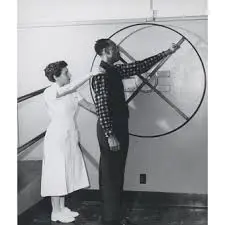
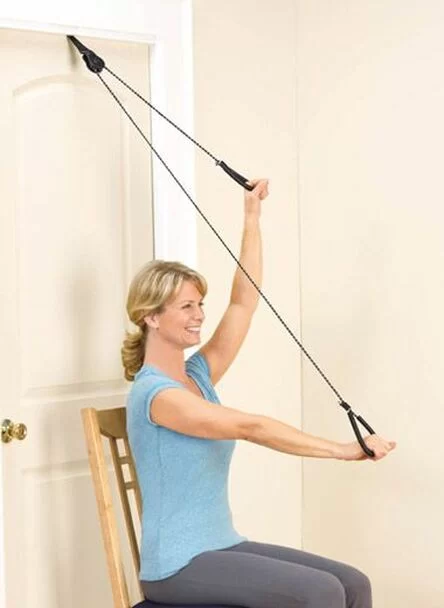
Upper Extremity Strengthening:
As the pain subsides, consider implementing a basic upper-body weightlifting program using free weights or weight machines.
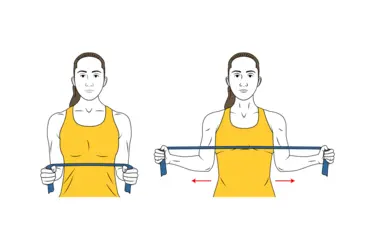
Patient Education: Patients with stiff shoulders must comprehend their situation and actively participate in therapy. Physiotherapists play a key role in helping patients understand their disease, the value of regular exercise, and lifestyle changes that may be taken to stop a recurrence.
Shoulder Joint Mobilization:
Glenohumeral Anterior Glide: The shoulder’s external rotation and extension are facilitated by anterior glenohumeral glides.
Hand Position: The therapist offers two stabilizing points. The arm closest to the patient’s torso will make contact with the scapula and coracoid process. The humerus’s neck is in contact with the web area separating the first and second digits.
Glenohumeral Inferior Glide: Inferior glenohumeral glides aid in shoulder abduction-related arthrokinematic movements.
Position of the patient: The patient is positioned as it is on its back, its shoulder relaxed and its elbow completely extended.
Hand placement: The hand with a larger skull will be stabilizing. The proximal second phalanx will make contact with the inferior glenoid edge when the hand is positioned at the radial boundary.
Glenohumeral Posterior Glide: Internal rotation and flexion of the shoulder joint become easy by posterior glenohumeral glides.
Hand Position: The cephalic hand will make contact with and sandwich the scapula with the fingers on the scapula’s spine and the thumb on the coracoid.
Good Posture:
Shoulder stiffness can be avoided partially by maintaining good shoulder alignment. People who suffer from shoulder stiffness frequently hunch over or elevate their shoulders. If you catch yourself slouching or stooping over, straighten your posture. Throughout the day, focus on bringing your shoulder or shoulder blade down and holding it. You may also exercise by putting your back, knees, and feet up against a wall.
Prevention
Stiff shoulder stiffness is frequently brought on by immobilisation following a shoulder injury, stroke, or arm break recovery. If you have an injury that makes lifting your shoulder difficult, ask your doctor what exercises you should take to maintain the range of motion in your shoulder joint.
Summary
Shoulder joint stiffness is caused by an inflammatory or systemic disease. The patient suffers from pain, stiff, and has a limited range of motion. MRI and X-rays have been advised by the doctor. Medical treatment includes anti-inflammatory drugs and steroids.
Physiotherapy treatment includes mobility exercise, stretching, strengthening exercise, and mobilization to improve range, and physiotherapy guides the patient to improve their posture to reduce future risk of increasing stiffness.
FAQs
What is the best exercise for shoulder stiffness?
Pendulum exercise.
Isometric internal and external rotation.
Ball squeeze exercises.
The spinal rolls of Eagle Arms
Twist when seated.
Shoulder circles
How can I get immediate relief from shoulder stiffness?
Ice packs for 15-20 mins, regular exercise, and rest help you to get relief from shoulder stiffness.
what causes tight shoulders?
Your shoulders may feel stiff and tense due to strain, stress, and misuse. Tight shoulders can also be caused by accidents, poor sleeping reasons, and prolonged sitting. Incorrect alignment of the body and poor posture can also contribute to a stiff shoulder.
When should I worry about shoulder pain?
It would be best if you urgently had medical treatment. You can also seek immediate medical assistance if an accident is the source of your shoulder ache. Please get medical attention right once if you have a malformed joint, are unable to utilize the joint, are feeling severe pain, or are suffering abrupt swelling.
References:-
- Hospitals, M. (n.d.-c). Shoulder Stiffness: Causes, Symptoms, and Treatment Options. Best Hospitals in India | Medicover Hospitals. https://www.medicoverhospitals.in/articles/shoulder-stiffness
- MikeJLeech. (2023, September 13). Stiff & Painful Shoulder. Fay Pedler. https://www.faypedlerclinic.co.uk/stiff-painful-shoulder
- Firdous, H. (2023, March 14). Shoulder stiffness: Causes, Symptoms, Treatment and Cost. Lybrate. https://www.lybrate.com/topic/shoulder-stiffness
- Shoulder stiffness ▷ Symptoms, diagnosis & specialist. (n.d.). https://www.primomedico.com/en/treatment/shoulder-stiffness/

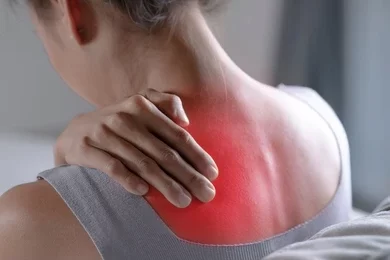
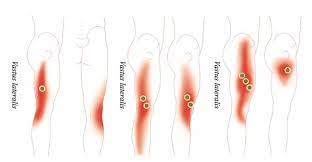
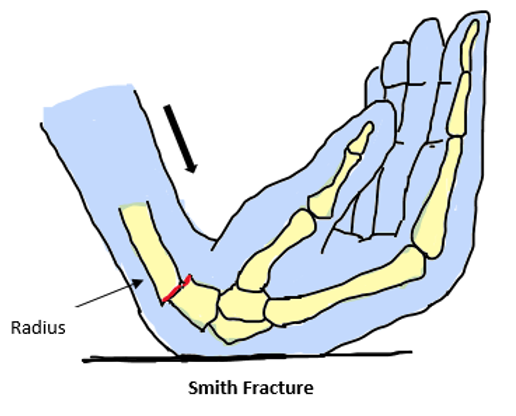
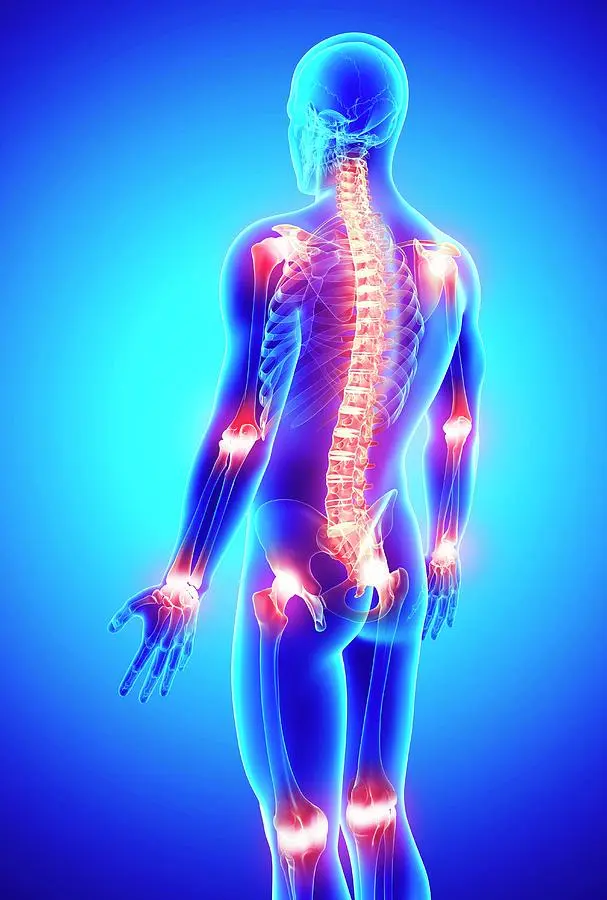
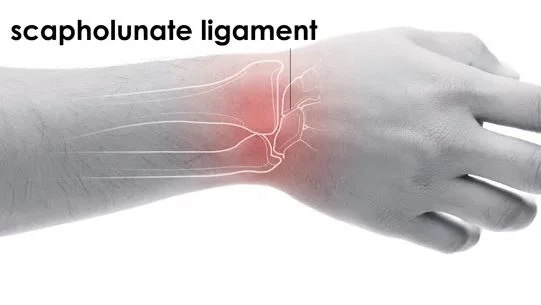
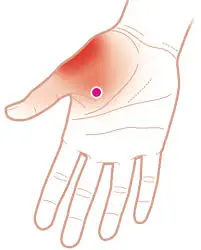
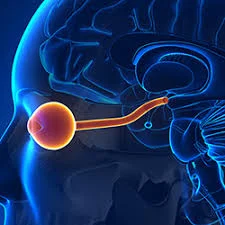
2 Comments